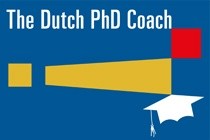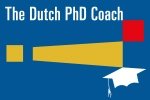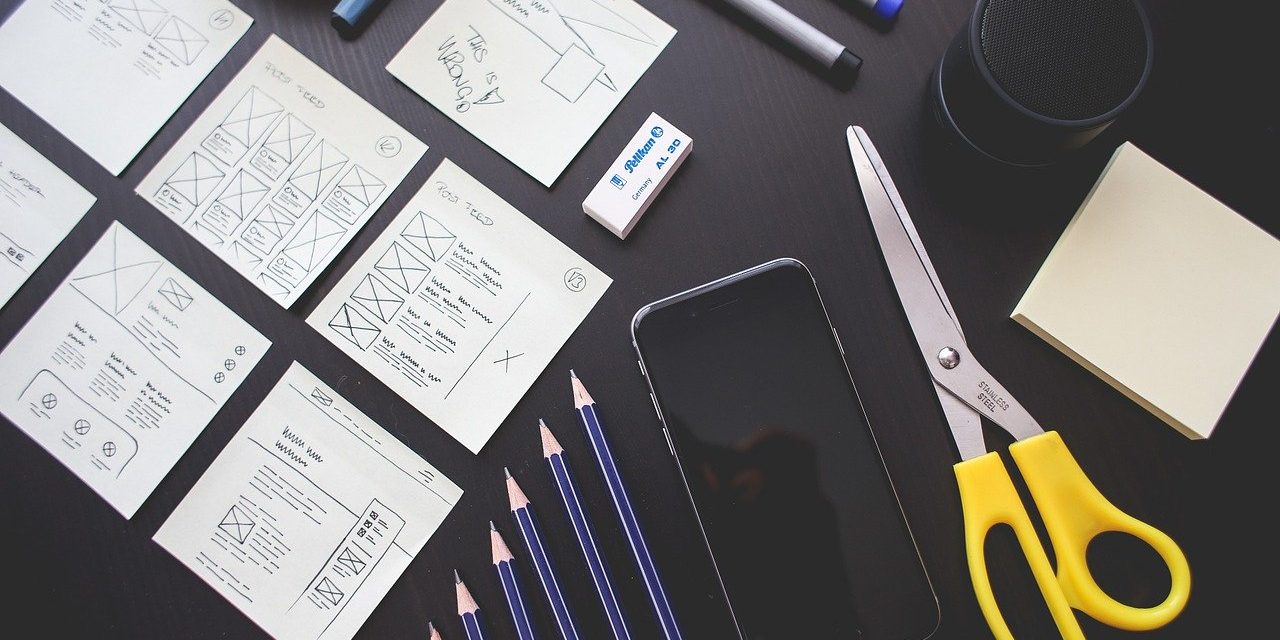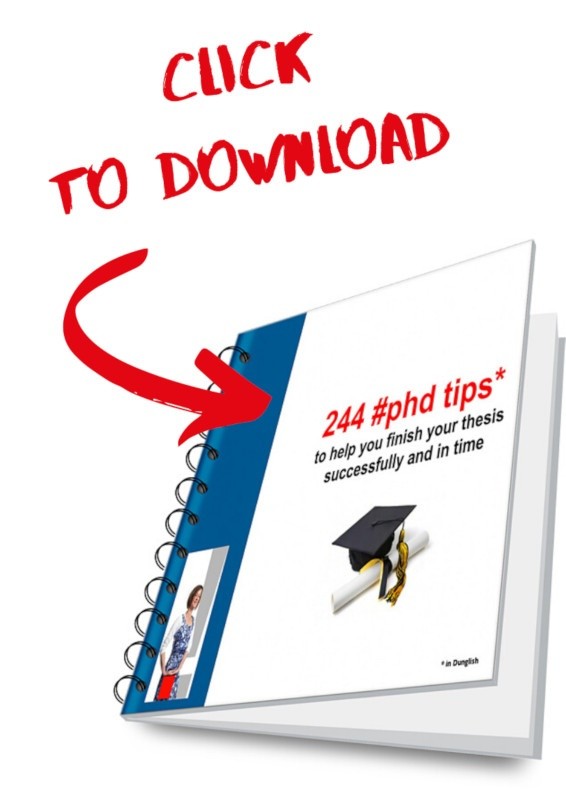A while ago Marjolein emailed me. She was very enthusiastic about the book How to take smart notes, one simple technique to boost writing, learning and thinking – for students, academics and nonfiction book writers by Sönke Ahrens.
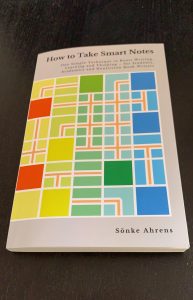
Normally Marjolein would have many browser tabs open on her computer, intending to deal with them sometime later. Very recognisable, I have to admit.
Tomorrow never comes
The problem is that most of the time you are not going to deal with any of these tabs in the near future and at some point, you don’t even know how many tabs are open and why you left them open. Or – as happens to me now and then – you close off all the tabs and you can’t find that one particular website any more….
All these open tabs, or printed articles, or little post-it notes, or saved texts in your reading list, or downloaded articles, or notebooks full with scribbles (or anything else you are using) will in the end result in an overload of information in your head and also many, many delayed decisions. Not very handy if you want to have a clear mind.
Learn how to make connections and draw conclusions
This book offers you a method of connecting links in a great way, for instance between chapters with a lot of detailed information and your final conclusions. The common thread in this book is the zettelkasten method, I wrote about this a couple of weeks ago.
Use an online tool
Notion is a very handy tool in case you are using zettelkasten.
Marjolein could even offer me some more additions: you can work with Roam or Obsidian. This video compares Notion, Roam and Obsidian. Ali Abdaal is very enthusiastic about Roam. Others choose Obsidian because privacy is dealt with in a better way and you can store your notes on your pc and not in the cloud.
Do you have any other recommendations?
How to take smart notes is on my desk and I plan to dive deep in it soon. Maybe it is useful for you as well. In case you have any other additional tips, let me know.
